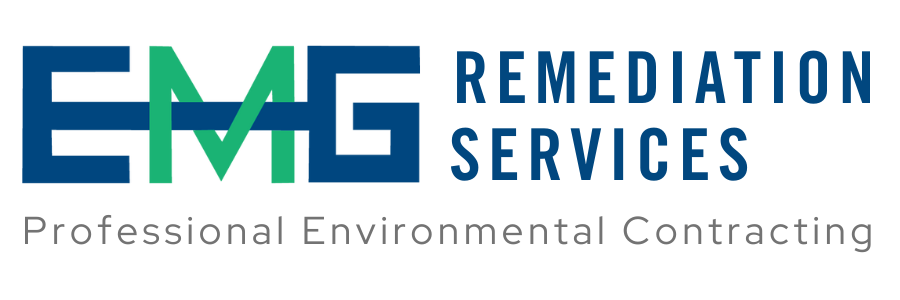Sampling and Testing FAQ
-
The short answer: Sampling.
Here’s why. Some contamination is obvious other contamination is not.
Obvious contamination is known: visible evidence on the surface, a known spill or leak, historic documentation, or other apparent evidence or indicator. The objective with known contamination is to delineate the impacted area for remediation. The concentration (how much), extent (how deep and wide), and severity (does it involve soil, groundwater, waterways, adjacent properties, etc…), dictates costs, timeline, and remediation goals. This information can be gathered through a site-specific sampling plan and remediation is engineered based on that data.
Other contamination is more concealed. The objective with unknown contamination is to determine if contamination is probable, identify contaminates, delineate affected areas, and develop a remediation plan.
So, how is contamination ruled out then? Site histories, property use, and site location can be strong indicators of potential contamination. For example, properties with aging underground storage tanks, or former/current dry-cleaning operations, or gas station pumps are always suspect. Questions also arise with properties adjacent to known contaminated sites or within buildings built during a specific time period. Soil and groundwater sampling can provide property owners’ reassurance and information needed to make prudent financial decisions. If there are issues, the lab results supply the crucial data to help engineer solutions.
-
Sampling is often required as part of real estate transactions or refinancing on sites where there are known risk factors. For example sampling may be required by lenders in property transactions: buying, selling, refinancing, permits for expansion or renovations, or to better plan for property remediation in connection with an environmental property assessment. Often lenders will require testing when there is a site history of any commercial or industrial use or with residential properties if there is any evidence of an underground storage tank. The US Environmental Protection Agency (EPA) provides EPA-approved procedures for measuring the presence and concentration of physical and chemical pollutants.
-
Soil boring sample analysis can validate underground storage tank integrity (no leakage); however, many lenders and buyers still require a certified tank closure either through tank removal or in-place closure. Sampling is most helpful to limit environmental liability uncertainties, delineate contamination, and show evidence of a contamination source.
-
There is a specific document required by some lenders that is called a “Phase I Report” which outlines the environmental history of a property. However when used in general terms, Phase I, II, and III represent the typical stages in an environmental project. The first step (Phase I) is investigation and research to assess the potential for environmental concerns. The second step (Phase II) involves sampling and testing to qualify and quantify the presence of contamination. The final stage (Phase III) is the remediation, clean up, or documented monitoring of any identified environmental concern.
Phase I = Investigation and research to determine if there is evidence to suggest an environmental concern
Phase II = Sampling and tests to determine existence and/or scope of contamination
Phase III = Engineering, remediation and/or work that brings property into compliance
-
Phase I assessments typically focus on site history and exclude current sampling and testing. A Phase I only identifies potential concerns and recommends how to qualify them. If potential for environmental liability is discovered in any environmental assessments, follow-up testing is typically required by lenders and buyers. This testing stage, referred to as a Phase II, rules out, qualifies, and quantifies specific contaminates. If results indicate the need, a Phase III remediates, restores or monitors a property to bring testing results within acceptable limits. There are various regulatory agencies and site-specific standards that drive remediation requirements.
